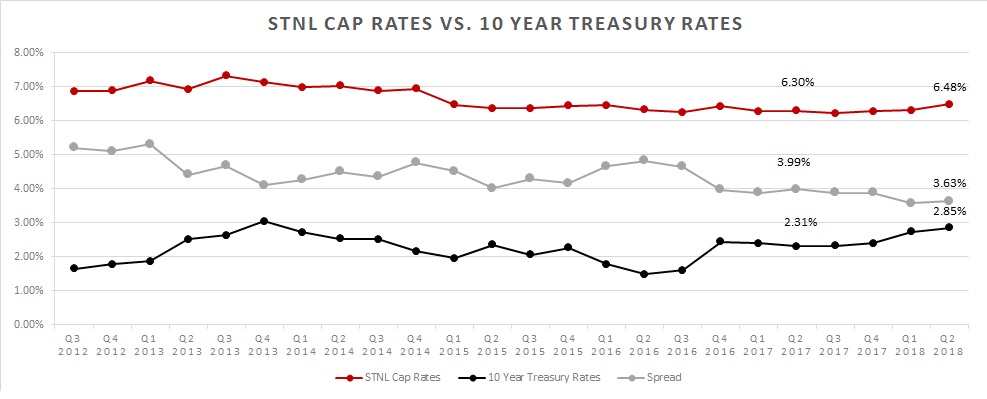 Q2 2018 Cap Rate Report The views expressed in this article are the author's own and not that of ALM's Real Estate Media Group.
Q2 2018 Cap Rate Report The views expressed in this article are the author's own and not that of ALM's Real Estate Media Group.© Touchpoint Markets, All Rights Reserved. Request academic re-use from www.copyright.com. All other uses, submit a request to [email protected]. For more inforrmation visit Asset & Logo Licensing.







